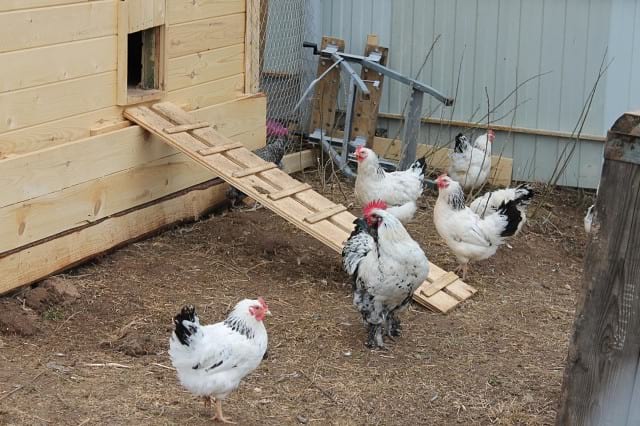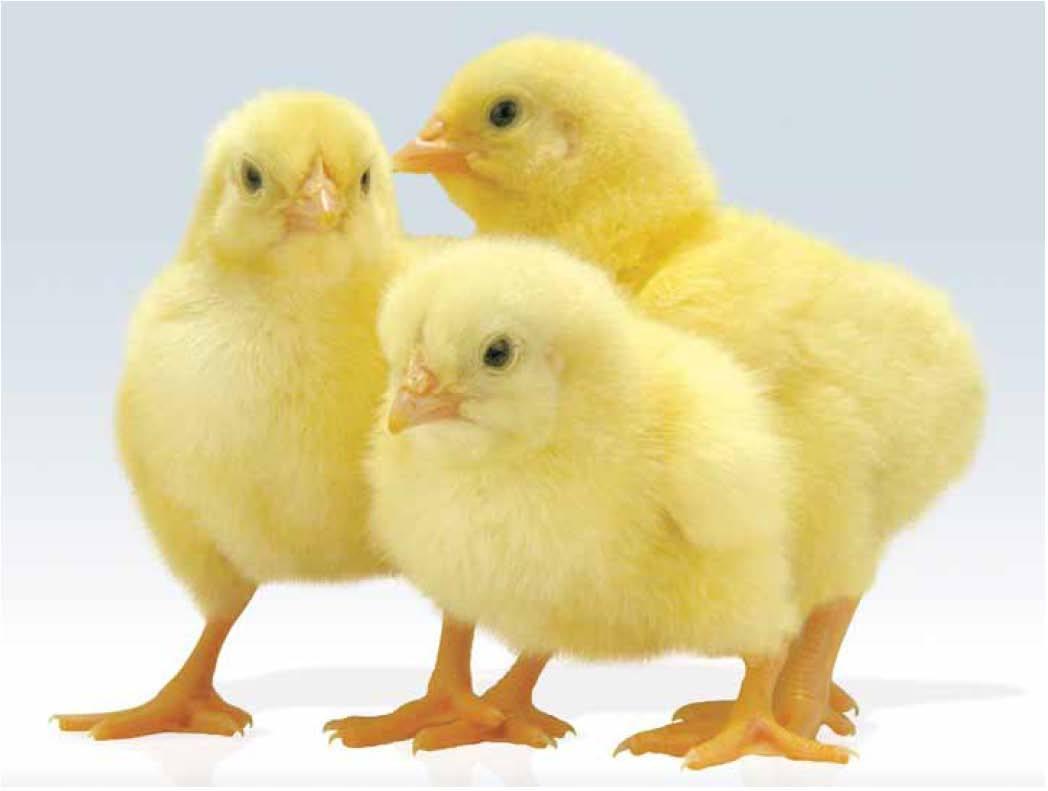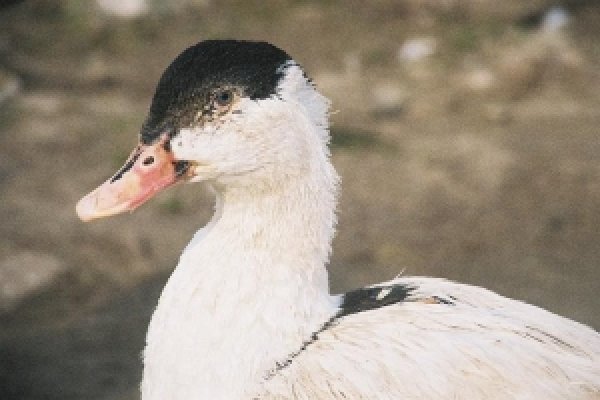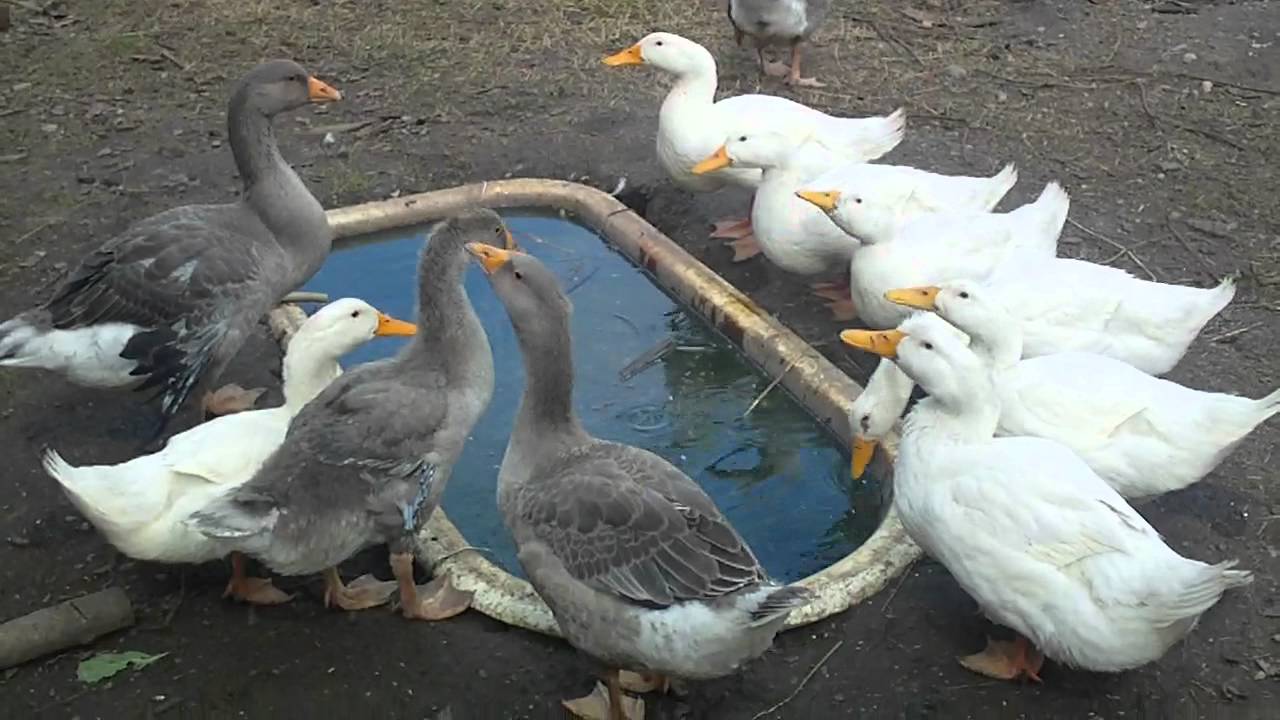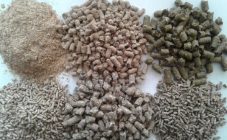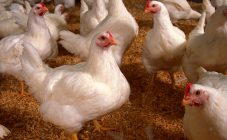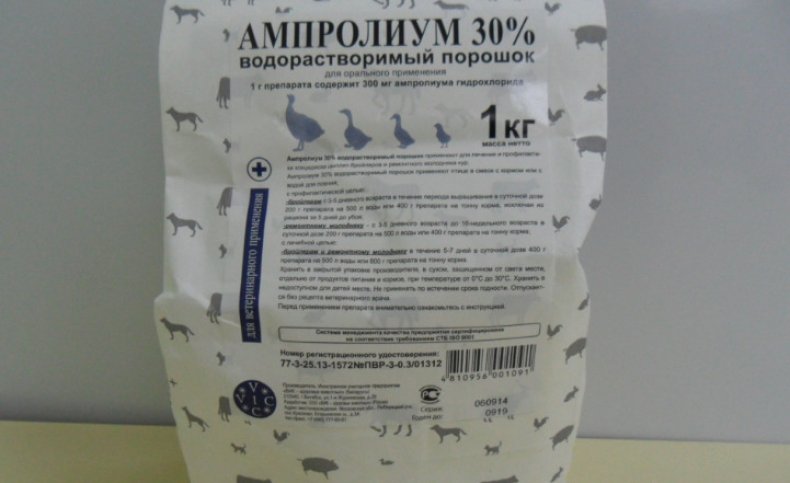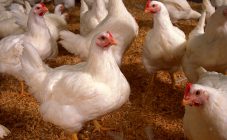Content:
When creating his own small poultry farm, the poultry farmer should solve the issue of rational placement of poultry. As a rule, a small backyard contains several types of poultry: laying hens and meat hens, ducks, geese. Building a separate room for each species, as large farms do, is unprofitable for a small poultry farmer. This article will answer the question: is it possible to keep laying hens and broilers together. And also considered the pros and cons of cohabitation of other species of birds.
Bird compatibility
In the household, they keep terrestrial (chickens, turkeys, quails) and waterfowl (ducks, geese). The mode of keeping animals is different, therefore, these varieties cannot be combined in the same room. There is a lot of dampness from ducks and geese, which is harmful to chickens. A waterfowl always drinks inaccurately, rinsing its nose and splashing out its contents even from special drinkers on the floor. Chickens often catch colds on wet litter, especially in winter.
Chickens, turkeys and quails require similar housing conditions. They need to be provided with a warm and dry room, without drafts. It should be light and well ventilated. In winter, the temperature inside the chicken coop should not drop below +12 degrees. A walk with a sandy surface is equipped near the barn. For 1 sq. meter of floor area can accommodate up to 5 chickens or up to 2 adult turkeys. Quail is usually kept in cages.
Sharing broilers and layers, as well as chickens of different breeds, will save money on construction and reduce labor costs in caring for animals. However, the poultry farmer should understand that in addition to similar housing requirements, there are different grooming and feeding regimes for poultry of different productivity directions.
Is it possible to keep broilers with layers
With the simultaneous outdoor method of keeping this bird, it is difficult to achieve good productivity. To gain weight quickly, a broiler needs:
- the constant presence of food in the feeder;
- compound feed for broilers with a high percentage of protein;
- dim dim light.
Walking for beef cross is optional. The broiler spends its entire short life in eating feed and resting, excess physical activity will only slow down the weight gain.
It is important for a laying hen:
- the feed is not as nutritious as for a broiler, but with the presence of high-grade vitamins and trace elements;
- rationed feeding (130 - 150 g per chicken per day), an overweight bird will not be carried;
- intense lighting for 14-15 hours;
- large walking area.
As you can see, birds require different modes of feeding, lighting and activity.
Instead of a partition, chests are often used, barrels where grain or sawdust for bedding can be stored.
Broiler and regular chicks together
In the early stages of growing, the feeding of the chickens and the temperature regime for them do not differ. The starter feed has a high protein and metabolic energy content and is suitable for all types of poultry. After 14-18 days, the difference in chick size becomes noticeable (broilers grow much faster) and should be split into different brooders. Otherwise, larger broilers can push simple chicks away from the feeders.
After 20 days, the future laying hen is replaced with a feed that is less nutritious, but more fortified and provides an active exercise. Broilers need a highly nutritious feed until the end of growing, they do not need to walk.
Is it possible to keep chickens of different breeds together
Meat and egg, egg and decorative chickens do not differ much in content. Breed features are manifested mainly in appearance and productivity. All breeds of chickens cannot be overfed, they need to walk equally, they have similar lighting requirements. Therefore, it is possible to keep chickens of different breeds together.
Can quails live with chickens in the same barn
Keeping quails with chickens in the same room is possible if the quails are in cages equipped with pallets, feeders and drinkers. Chickens walk freely on the floor. The bird does not interfere with each other and does not contact in any way.
Chickens with geese
The joint keeping of these bird species is not practiced. Geese create a lot of dampness while walking and in the barn, as they often need to rinse the nasal openings in their beak and swim.
Up to 60% of the diet of geese is taken up by fresh grass or hay. Having access to chicken feeders with grain, geese quickly gain weight and lose their ability to reproduce.
During winter, breeding geese need to keep the temperature low or the geese will start laying too early. Many goose breeders build the bird only sheds from snow and rain, with three walls. The geese feel great on thick straw bedding.
Mulards and broilers
Mulard is a fast growing hybrid of common (Peking) and musky ducks. Outwardly and in terms of feeding requirements, they are no different from other ducks and geese. Mulard surpasses meat crosses of ducks in terms of growth rate and meat quality.
Their joint maintenance with broiler chickens can completely destroy the latter. Constantly wet litter due to the ducklings splashing around in drinking bowls is detrimental to broilers. The tender bird catches cold, can get inflammation of the joints and dehydrate.
Tips and tricks from experienced poultry farmers
If there are different poultry in the farm, it is reasonable to build one room, divided into compartments with separate entrances and walks according to the type of bird.
It is permissible to keep geese and ducks together. It is not necessary for them to maintain high temperatures in winter, as they do not rush in winter. Instead of water, they are given troughs with snow. And so that the paws do not freeze, they pour more straw or sawdust on the litter. They do not need additional lighting.
The chicken compartment must be equipped with heaters, lamps for additional lighting in winter.
Some poultry farmers practice winter joint keeping of chickens and poultry (broilers or ducks for meat). Chickens live in cages hung along the walls, and a meat bird walks on the floor.
Adult turkeys can be kept with chickens. But small turkeys are kept only separately, babies are sensitive to various infections, which can be carried by chickens.
By figuring out if it is possible to keep chickens of different breeds and other birds together, you can create optimal conditions for the entire house.
